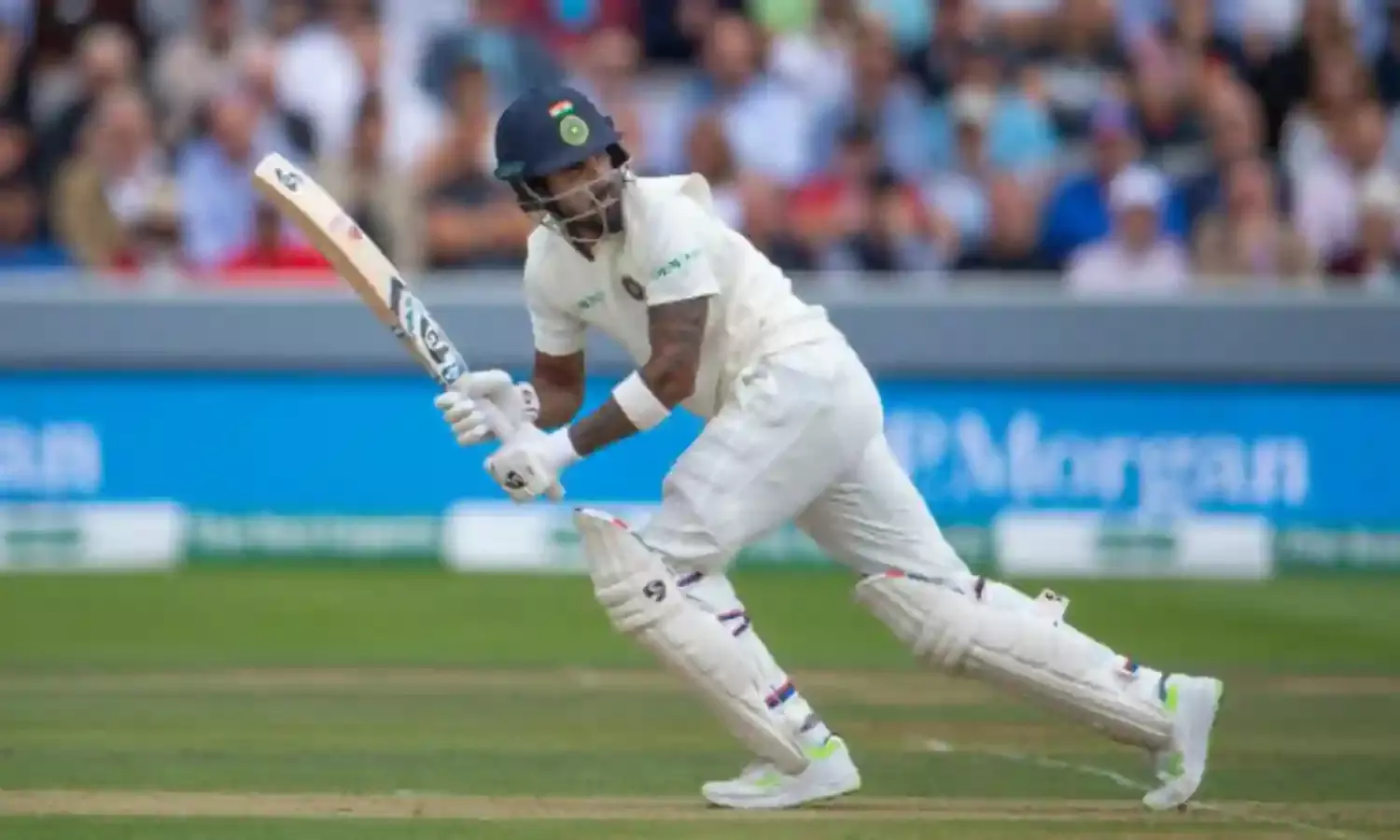Why Do Indian Batsmen Struggle Outside the Subcontinent?
Technique or temperament?

LORD’S, LONDON: 16.82. This is the average of the Indian batting side after four innings in the ongoing Test series in England. And of the 673 runs the entire lineup has scored in the series, Virat Kohli has contributed 240. Minus Kohli, the remaining batsmen average just 12.02.
Shambolic, isn’t it? And this from the highest-ranked Test team in the world. At Lord’s the entire Indian side was bowled out twice, for 107 and 130 respectively, within 83 overs, less than a day in a normal Test match.
Nor is this a one-off scenario. In recent years Indian fans have become habituated to such pathetic batting failures from their team, outside the subcontinent in red-ball cricket.
Why does this happen time and again? Is it a technical issue or mental? Let’s dig deep.
After the second Test debacle Kohli in the post-match press conference spoke about the possible mental barriers which might have held the Indian batters back in these conditions. “I don't see any technical deficiency. If a batsman is clear in the head and he's clear about the plans he's making, then if the ball does something off the pitch, you're able to counter it,” he said.
“If my head's clouded, then I feel like the ball can do this, or that, or even that. You know there are three-four scenarios that run in your head. It sounds cliché but as the greats have said, keep this game simple, that's all you have to do. You can't come here and think the conditions are too difficult because they really are not if you're prepared to counter them.”
Nor are batsmen such as Murali Vijay, Ajinkya Rahane and Chheteshwar Pujara alien to such conditions. They have played enough cricket in England and spent enough time at the crease, countering the swinging Duke ball, to know how to deal.
Still they look tentative against the English bowlers, so far in the series. There has been a degree of indecisiveness in their approach, resulting in false shots. Take Pujara for instance, who countered the difficult conditions, batted for over an hour and a half in India’s second innings, but couldn’t make the most of his start, falling for 17 off 87.
It seems in their heads, the Indian batsmen do not have a clear idea of how to approach their innings in this part of the world. As their captain said, any condition in the world can be difficult if you're not mentally there.
In hindsight there is no denying that in both their innings at Lord’s the Indian batsmen faced difficult situations. It’s always difficult to bat on these English pitches when there is cloud cover or a drizzle, especially with the likes of James Anderson and Stuart Broad running in with the Duke ball.
But India’s batting woes in testing conditions have persisted for quite a few years now. Even at Edgbaston, the first Test in this series, if England hadn’t dropped Kohli early in his innings, India may not have crossed the 200-run mark in the first innings. Is it too much to ask that a Test last five days?
With three Tests to go in the series, it is high time the Indian think-tank begins to think positively. The team and each batsman need a clear gameplan; they cannot approach their innings half-heartedly. The team management needs to ensure this, and shouldn’t hesitate to take some harsh calls if needed.



